Olefin Petrochemicals Green Hydrogen 20-11-2021 - Arhive
Olefin Petrochemicals Green Hydrogen BOPP Film PPA Techtextil
-Sinopec to build 1 mt/year crude-to-olefin plant based on advanced technology
China’s Sinopec Corp said on Wednesday it plans to build a 1-MMtpy crude-to-olefin plant, having completed successful trial processing crude oil directly into olefin at its subsidiary plant in Tianjin, without giving further details, reported Reuters.
Thus, the top Asian refiner is one of the world’s few companies that have applied the technology at an industrial scale. ExxonMobil is another firm equipped with such technology, Sinopec said.
With a yield of close to 50%, the manufacturing process cuts significantly production cost as well as CO2 emissions, compared with the traditional approach of refining crude into intermediate fuels which are further processed into olefin, Sinopec added.
Olefin – mainly ethylene and propylene – is the key building block for making petrochemicals such as plastics and synthetic fibre.
China, the world’s largest emitter of green house gases, is expected to cap its primary crude oil refining capacity at 1 B tons annually by 2025 (20 MMbpd), under a national goal to hit carbon emission peak before 2030. But it remains short of petrochemicals such as plastics and synthetic fibre.
As MRC informed before, in August, 2021, Sinopec, the world’s petrochemical major, launched the first phase of the Gulei refining complex in Zhangzhou city in China’s southeastern Fujian province. The refining complex, a 50:50 joint venture between Sinopec’s Fujian Petrochemical Company Ltd and Taiwan Xuteng Investment Company Ltd, invested 27.8 billion yuan (USD4.28 billion) in the first phase. That will result in an 800,000 tonnes per annum ethylene plant, a 600,000 tonnes per annum styrene unit and seven other downstream petrochemical units, Sinopec said.
Ethylene and propylene are the main feedstocks for the production of polyethylene (PE) and polypropylene (PP), respectively.
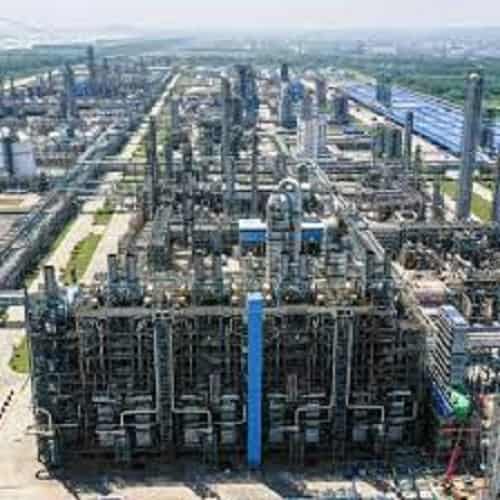
-Studies investigate how to improve plastic recycling
Researchers analyze options to increase recycling rates; laboratory study reports using untargeted migrants analysis as a feasible tool to discern recycled from virgin polyethylene (PE); stakeholder analysis finds equal involvement of all relevant actors needed to improve PET plastic recycling Olefin Petrochemicals Green Hydrogen BOPP Film PPA Techtextil
In an article published on October 30, 2021, in the peer-reviewed journal Food Packaging and Shelf Life, Zhi-Feng Chen from the Jinan University, Zhuhai, China, and co-authors reported on a method to differentiate recycled from virgin polyethylene (PE) based on the migration of untargeted substances. The scientists performed migration experiments according to the EU regulation for plastic food contact materials (FCMs) with eight virgin and 14 recycled PE materials, and they analyzed the migrating chemicals by combining untargeted gas chromatography coupled to a mass spectrometer (GC-MS) with multivariate data analysis.
In total, they detected 80 (semi-) volatile compounds of which 70 were tentatively identified including ester, hydrocarbons, alcohols, acids, benzene derivates, ketones, amides, aldehydes, ethers, and piperazine derivatives. Chen et al. also identified differences between virgin and recycled materials such as a higher number of species and average content of hydrocarbons in virgin PE, while additives and contaminants had a greater abundance in the recycled materials. The researchers reported that their principal component analysis model “showed the possibility of evaluating comprehensively the cleaning efficiency of the recovery process.” In addition, 38 markers were selected to develop a classification model to discern between virgin and recycled PE. Apart from one, all markers were found to have a higher presence in the recycled samples. The authors conclude that “the identification of recycled PE and virgin PE based on the migration of untargeted substances is feasible” and that “with the accumulation of samples, the classification model will be more and more stable and accurate.”
The EU Circular Economy Action Plan sets mandatory requirements for recycled content (FPF reported). Concerns have been raised about whether recycling targets can be met (FPF reported), which is making discussion on how recycling can be improved essential (FPF reported).
In an article published on November 8, 2021, in the journal Sustainable Production and Consumption, Spyridioula Gerassimidou and co-authors from Brunel University London, UK, evaluated the role stakeholders play in increasing plastics recycling rates and circularity in the UK. The researchers used the value chain of polyethylene terephthalate (PET) drink bottles as a case study and analyzed the complex stakeholder interactions by integrating stakeholder theory into the Complex Value Optimization for Resource Recovery (CVORR) system-based approach. CVORR was first described by Iacovidou et al. 2017 and has previously been applied by Gerassimidou and colleagues to compare the sustainability impacts of fossil carbon-based and bio-based plastics (FPF reported).
In their current study, the authors found that producers and brand owners, i.e., the stakeholders upstream of the PET value chain, have great lobbying power since the PET bottle market is well-established in the UK and financially supported. According to the article, this, in turn, incentivizes production and results in the burden on stakeholders located downstream in the PET value chain, such as the waste management industry.
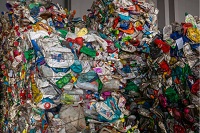
-Finnish Neste receives EUR88 mln to develop its green hydrogen and CCS project
The EU Innovation Fund has given a positive grant decision of EUR88 million funding to Neste’s green hydrogen and CO2 capture and storage project, which aims to quickly and efficiently reduce greenhouse gas emissions at the Porvoo refinery in Finland, according to Hydrocarbon Engineering.Olefin Petrochemicals Green Hydrogen BOPP Film PPA Techtextil
The project introduces carbon capture and storage (CCS) and electrolysis solutions that allow decarbonisation of production at the refinery. It is currently in the feasibility phase.
The project will strongly contribute to the reaching of both Finland’s and the EU’s climate targets and has a significant role in Neste’s target of carbon neutral production by 2035.
With this transformation project, a reduction of more than 4 million t of CO2 emissions can be achieved at the Porvoo refinery in the first 10 years of operation.
The company also aims to gather a network of leading European technology suppliers and R&D institutes, laying the foundation for a world-class European hub for renewable hydrogen and CO2 utilisation.
As MRC reported earlier, in July, 2021, Neste and LyondellBasell announced a long-term commercial agreement under which LyondellBasell will source Neste RE, a feedstock from Neste that has been produced from 100% renewable feedstock from bio-based sources, such as waste and residue oils and fats. This feedstock will be processed through the cracker at LyondellBasell’s Wesseling, Germany, plant into polymers and sold under the CirculenRenew brand name.
Ethylene and propylene are the main feedstocks for the production of polyethylene (PE) and polypropylene (PP), respectively.
According to MRC’s ScanPlast report, Russia’s estimated PE consumption totalled 1,868,160 tonnes in the first nine months of 2021, up by 18% year on year. Shipments of all grades of ethylene polymers increased. At the same time, PP shipments to the Russian market were 1,138,510 tonnes in January-September 2021, up by 30% year on year. Supply of propylene homopolymer (homopolymer PP) and block-copolymers of propylene (PP block copolymers) increased, whereas supply of injection moulding statistical copolymers of propylene (PP random copolymers) decreased significantly.
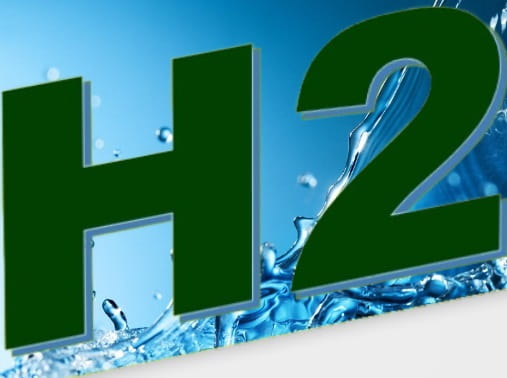
-INEOS Styrolution and University Bayreuth continue successful R&D cooperation
University Bayreuth acquires extruder from INEOS Styrolution to support further research projects
New extruder elevates the University of Bayreuth to a new level in plastics compounding
Frankfurt am Main and Bayreuth, November 18, 2021 – INEOS Styrolution, the global leader in styrenics, and the University of Bayreuth continue their long-established R&D collaboration preparing for future projects. A new twin screw extruder will allow the university to perform plastics compounding at a new level.
INEOS Styrolution looks back at almost eight years of collaborating with the University of Bayreuth on various R&D projects to unleash the full power of styrenics materials. Initial projects were focused on optimising materials for selected industries and applications. More recently, the focus has shifted to projects addressing sustainable solutions. The research includes various aspects of depolymerisation of polystyrene to convert post-consumer styrenics waste to monomer feedstock.
Dr. Norbert Niessner, Global Innovation Director at INEOS Styrolution comments: “Bayreuth is known in our industry as an internationally renowned location with highly developed skills to progress polymer innovation. With this win-win deal we help to further improve Bayreuth´s development position in polymer compounding. We are happy to contribute strengthening our partner.”
Prof. Dr.-Ing. Holger Ruckdäschel from the Department of Polymer Engineering at the University of Bayreuth adds: “We are excited about the capabilities the new twin screw extruder offers. We are looking forward to new projects, with INEOS Styrolution being one of our major partners.” Olefin Petrochemicals Green Hydrogen BOPP Film PPA Techtextil
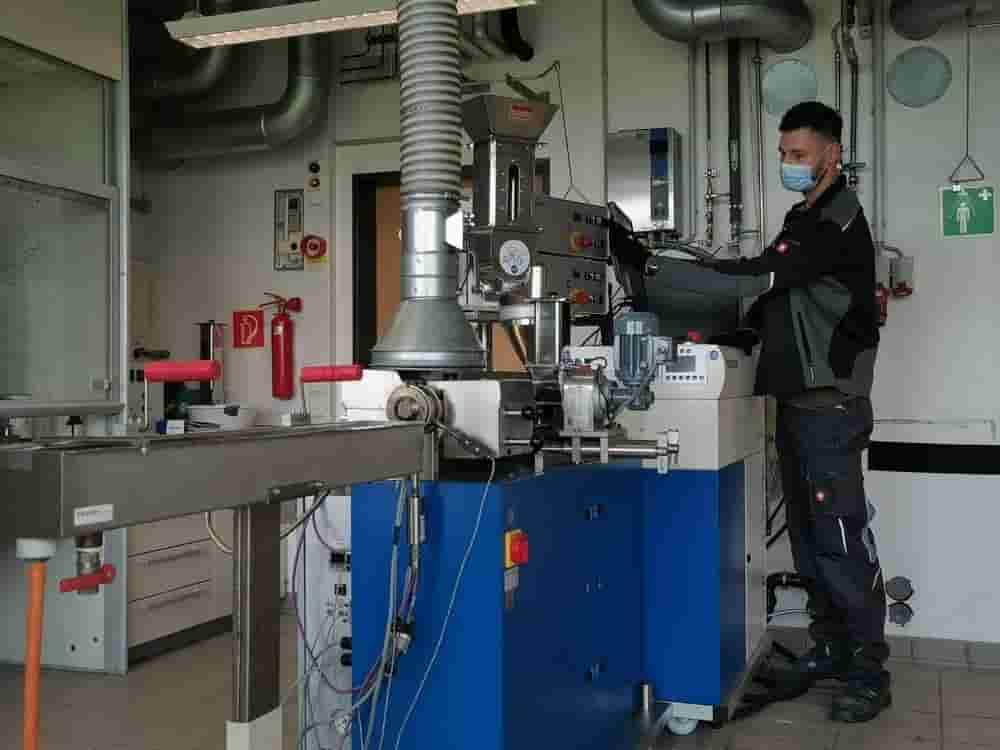
-Turkish central bank further slashes interest rate19
In sync with President Recep Tayyip Erdogan’s longstanding opposition to higher interest rates, the Turkish Central Bank has cut its benchmark one-week repo rate by 100 basis points from 16 per cent to 15 per cent. Last month, the monetary authority had lowered the policy rate (one-week repo rate) by 200 basis points from 18 per cent to 16 per cent.
With the latest step, the central bank has reduced the key policy rate by 400 basis points since September this year.
While announcing the decision of the 11th Monetary Policy Committee meeting this year, the bank said that “recent increases in inflation had been driven by supply-side factors such as rising food and import prices, especially in energy, and supply constraints.”
For the month of October 2021, inflation rate rose to a 2.5-year-high of 19.89 per cent year-on-year, according to Turkish Statistical Institute. The central bank has raised its year-end inflation forecast for 2021 to 18.4 per cent from the previous estimate of 14.1 per cent. Olefin Petrochemicals Green Hydrogen BOPP Film PPA Techtextil
The lowering of interest rates is a policy adopted by the Turkish government to boost the country’s exports. “This is helping textile exporters earn more money right now. Actually, higher inflation and lower interest rate, and thereby weakening the currency, is the government’s strategy for promoting exports. But it is putting big pressure on people as market prices have gone up like crazy,” according to Suat Idil, who represents Fibre2Fashion in Turkey.
“In the short term, textile exporters might enjoy this, but then when it comes to importing raw materials from abroad it would also affect them in a bad way,” adds Idil.
During January-September 2021, Turkey’s apparel exports increased by 25.72 per cent to $13.364 billion, compared to exports of $10.630 billion during the corresponding period of 2020, according to the data from the Turkish Statistical Institute and the country’s ministry of trade.
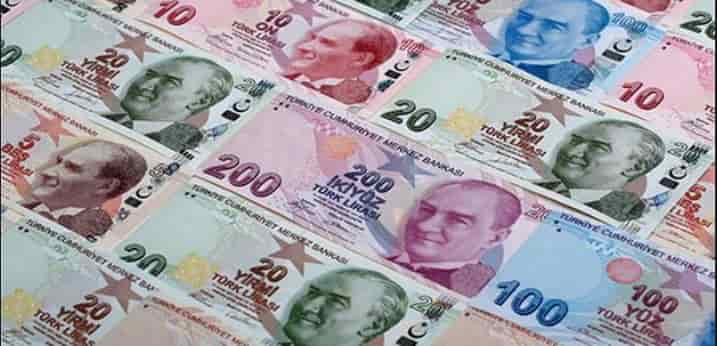
-Novamont in the reindustrialisation of Treofan Terni
The plant and part of the workers could be converted to the production of innovative compostable packaging.
During the crisis table on Treofan Terni, convened by the Ministry of Economic Development and held today by videoconference, the Deputy Minister for Economic Development Alessandra Todde acknowledged the existence of two proposals for the redevelopment of the Terni plant, specialized in production of BOPP films, which the Indian group Jindal has decided to close (read article).
“The liquidator made it clear to the parties that there are two complementary and non-competing re-industrialization projects. Of these, one involves the Umbrian company Novamont with which discussions are underway to evaluate possible support tools “, she said. Olefin Petrochemicals Green Hydrogen BOPP Film PPA Techtextil
A source from Novamont confirmed the interest, for now a working hypothesis rather than a defined industrial plan. The most probable hypothesis is that the Novara company, which produces Mater-bi brand bioplastics in the Terni area, could create a consortium that, together with partners active in the transformation of biopolymers, would convert the former Treofan plant into a pole for production of films and flexible packaging in compostable plastic, “with an innovative content and barrier properties”, not in competition with the BOPP films produced on the site until last year.
The operation – says the source – would require investments in equipment and machinery, and could materialize if there is a commitment by the authorities to support the redevelopment of the Terni chemical center. The ultimate goal would be to safeguard the jobs, about 130 those of Treofan Terni at risk of cancellation.
To ensure the time necessary for the reindustrialization process, the MiSE, together with the Umbria Region, will make new social safety nets available, renewing the Wage Supplement in derogation to keep workers in continuity, also in view of the expiry of the current Cig in February next year.
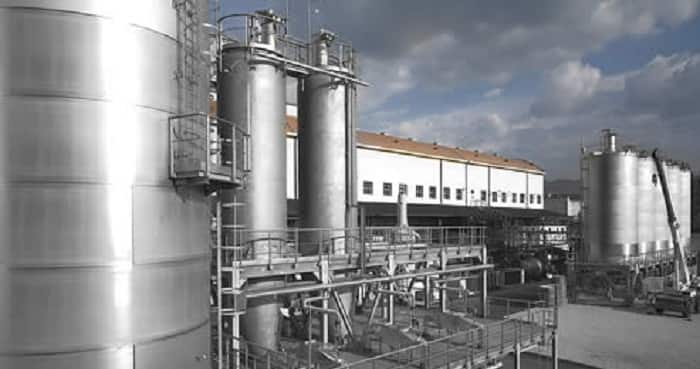
Newly developed PPA solutions designed for high-voltage e-motor and inverter busbars and other demanding components in power electronics
Solvay is accelerating the pace of providing the automotive industry with an entirely new generation of Amodel® polyphthalamide (PPA) materials targeted at higher demands of performance and sustainability for advanced electrical and electronic applications in e-mobility.
In the Supreme range, Amodel® PPA AE 9933 and AE 9950 have been designed for e-motor and inverter busbars operating at 800 volts and higher. They combine best-in-class comparative tracking index (CTI) ratings with high thermal cycle shock resistance from -40 to 150 °C. As a breakthrough vs. conventional PPA technology, they will also retain their CTI over time even after temporary exposure to peak temperatures above 150 °C. Olefin Petrochemicals Green Hydrogen BOPP Film PPA Techtextil
New halogen-free flame retarded Amodel® Bios HFFR R1-133 and HFFR R1-145 meet with the growing trend of integrating the e-motor, power electronics and the gearbox into one single consolidated electric drive system. With a CTI of >600 volts, heat resistance of >120 °C and excellent dimensional stability, these grades enable the design of highly compact systems using miniaturized components. Moreover, they provide UL94 V0 flammability ratings without the need for halogenated flame retardants. Besides addressing safety concerns in the event of uncontrolled thermal excursion, the halogen-free formulation also minimizes the risk of electronic corrosion.
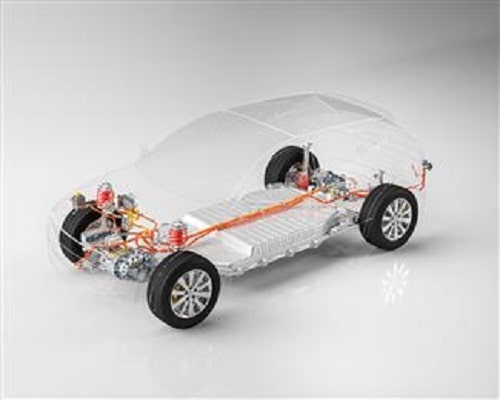
-900 exhibitors from 45 countries register for Techtextil, Texprocess
Around 900 exhibitors from 45 countries, including the organisers of numerous joint stands, have already registered for Techtextil, the leading international trade fair for textiles and nonwovens, and Texprocess, the leading international trade fair for processing textile and flexible materials, beginning from June 21, 2022 in Frankfurt am Main.
The registration status is over 85 per cent for Techtextil and over 70 per cent for Texprocess based on the last events in 2019, fair organiser Messe Frankfurt said in a press release. With the delay of the fairs until 2022, both will change their cycle of events and shift permanently to even years. The new dates for the subsequent edition have also been set to April 23 to 26, 2024.
“The sector is in motion again and people have a great need to find out about the latest developments and see innovations live. Over the last one and a half years or more since the outbreak of the pandemic, companies have faced a variety of new challenges. Many of the companies have undergone a complete restructuring and, simultaneously, launched a host of innovations. Now, they want to discuss them with an international audience of trade visitors,“ said Olaf Schmidt, vice president textiles and textile technologies at Messe Frankfurt. Olefin Petrochemicals Green Hydrogen BOPP Film PPA Techtextil
“Techtextil and Texprocess will provide a look ahead in June 2022. The distortions of the industry due to the pandemic and the commitment to sustainability are directing the focus even more toward flexible, digitally automated and sustainable production structures. Among other things, these will also be more regional than before,” said Elgar Straub, managing director, VDMA Textile Care, Fabric and Leather Technologies. “Adapted technological solutions exist and are increasingly in demand. The high registration numbers show the need for exchange.”
Both trade fairs will be held as hybrid events with many supplementary digital services for exhibitors and visitors in addition to the live exhibition and programme of events.
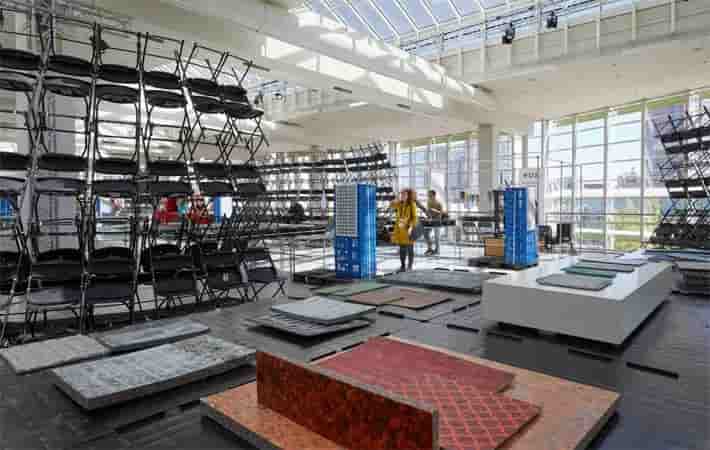
Olefin Petrochemicals Green Hydrogen BOPP Film PPA Techtextil
